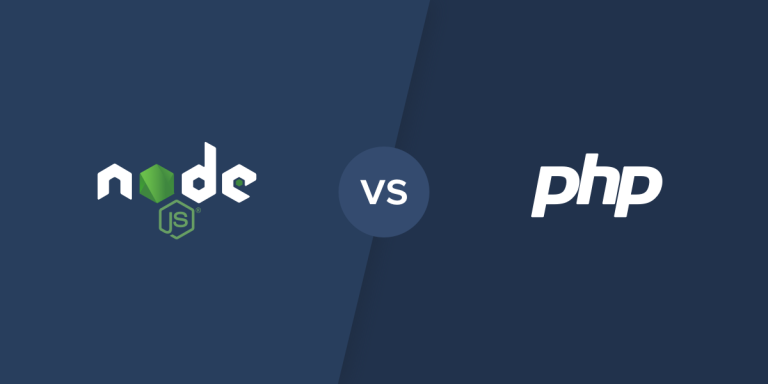In the realm of web development, selecting the right backend language is crucial for building robust and efficient web applications. Among the multitude of options available, Node.js and PHP stand out as two popular choices, each with its own set of strengths and weaknesses. Determining which one is the “best” depends on various factors such as project requirements, scalability, performance, and developer preferences. Let’s delve into the characteristics of Node.js and PHP to understand their suitability for different scenarios.
Understanding Node.js
Node.js is an open-source, server-side JavaScript runtime built on Chrome’s V8 JavaScript engine. It enables developers to run JavaScript code outside the browser, making it particularly suitable for building scalable and high-performance applications. One of Node.js’s key advantages is its event-driven, non-blocking I/O model, which allows it to handle a large number of concurrent connections efficiently. This makes it an excellent choice for applications requiring real-time communication, such as chat applications, gaming platforms, and streaming services.
Moreover, Node.js boasts a vibrant ecosystem of packages and libraries available through npm (Node Package Manager), facilitating rapid development and simplifying tasks such as server-side rendering, data streaming, and authentication. Its single-threaded nature can be advantageous in certain scenarios, as it eliminates the overhead of managing multiple threads and simplifies code execution flow.
Evaluating PHP
PHP (Hypertext Preprocessor) is a widely-used, server-side scripting language primarily designed for web development. It powers a significant portion of the web, including popular content management systems like WordPress, Joomla, and Drupal. PHP’s simplicity and ease of use make it an attractive choice for beginners and seasoned developers alike. Its vast community support and extensive documentation contribute to its popularity and accessibility.
One of PHP’s strengths lies in its compatibility with various web servers and operating systems, making it highly versatile and easy to deploy across different environments. Additionally, PHP offers built-in support for interacting with databases, file handling, and other common web tasks, streamlining the development process for a wide range of applications.
However, PHP’s traditional synchronous execution model can pose challenges in handling concurrent requests and long-running tasks, potentially affecting performance in certain scenarios. While frameworks like Laravel and Symfony have emerged to address some of these limitations and promote modern development practices, PHP’s architecture may not be as inherently suited for real-time applications compared to Node.js.
Making the Choice
When it comes to selecting between Node.js and PHP for backend development, there is no one-size-fits-all answer. The decision should be based on the specific requirements of your project, as well as factors such as team expertise, scalability needs, and performance considerations.
Choose Node.js if:
- You need to build real-time applications with high concurrency requirements.
- Your development team is familiar with JavaScript and prefers a unified language stack (frontend and backend).
- Scalability and performance are top priorities for your application.
- You require access to a vast ecosystem of JavaScript libraries and frameworks.
Choose PHP if:
- You are developing content-driven websites, blogs, or e-commerce platforms.
- Your team has experience with PHP and prefers its simplicity and ease of use.
- Compatibility with different hosting environments is important for your project.
- You need to integrate with existing PHP-based systems or frameworks like WordPress.
Ultimately, both Node.js and PHP have their place in the web development landscape, offering unique advantages depending on the context of your project. By carefully evaluating your requirements and considering the strengths of each technology, you can make an informed decision that aligns with your goals and objectives. Whether you opt for the event-driven architecture of Node.js or the versatility of PHP, the key is to leverage the strengths of your chosen platform to deliver robust and scalable web applications.




